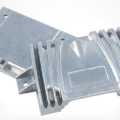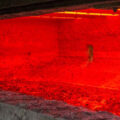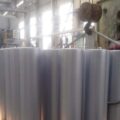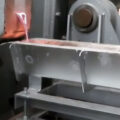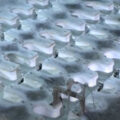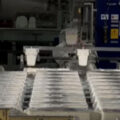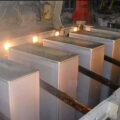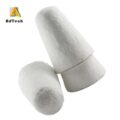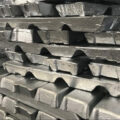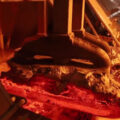There are many reasons for porosity in casting of die casting aluminum alloy, so we must find out the reason to solve the problem.
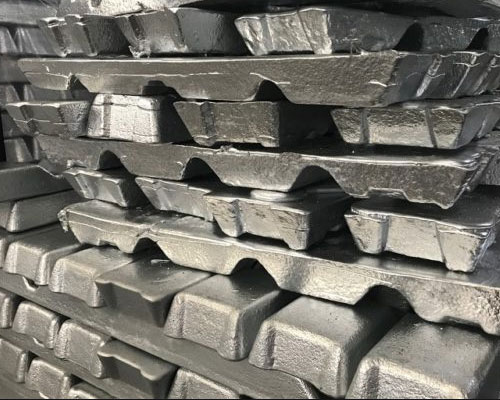
Porosity in Casting
Porosity Caused by Improper Die Casting Parameters
In the process of liquid aluminum die casting, if the filling speed is too fast, the gas in the mold cavity can not be completely and smoothly discharged from the mold cavity in time, and is wrapped in the solidified aluminum alloy shell, forming large pores. This kind of air hole is usually under the surface of the workpiece, which is pear shaped or elliptical. For this kind of porosity, the filling speed should be adjusted so that the liquid flow of aluminum alloy can be pushed forward smoothly without high-speed flow and air entrainment. AdTech offers aluminum casting flow control parts for aluminum foundries, such as tap out cone, Ladle Shroud, Alumina Porcelain Rod.
Blowholes Caused by Poor Exhaust
In aluminum alloy die casting, because the exhaust channel of the die is not smooth and the design structure of the die exhaust is not good, the gas in the die cavity can not be completely discharged smoothly, resulting in some fixed parts of the product. The pores formed by the gas in the mold cavity are large and sometimes small. The inner wall of the pores is oxidized by aluminum and air. Different from the pores produced by hydrogen precipitation, the inner wall of the pores is not as smooth as the air holes, and there is no oxidation color, but a gray and bright inner wall. For the blowhole caused by poor exhaust, the exhaust channel of the mold should be improved, and the residual aluminum skin on the exhaust channel of the mold can be avoided in time.
Porosity Caused by Excessive Wall Thickness Difference
The product shape often has the problem of excessive wall thickness difference. In the wall thickness center is the final solidification place of aluminum liquid, which is also the most prone to produce air holes. The pores at the wall thickness are the mixture of precipitation pores and shrinkage pores, which are difficult to prevent by general measures. When designing the shape of the product, the problem of uneven wall thickness or excessive thickness should be considered as far as possible. Hollow structure should be adopted. In the mold design, the core pulling or cold iron, or water cooling, or the cooling speed of the mold should be increased. In the production of die casting, it is necessary to pay attention to the subcooling of the parts with large thickness and reduce the pouring temperature properly.
Shrinkage Porosity
The higher the casting temperature of aluminum alloy is, the more obvious the shrinkage is. The single porosity caused by volume shrinkage exists in the final solidification position of the alloy, which is irregular in shape and even reticular in severe cases. It usually exists at the same time as the pores due to hydrogen evolution during solidification. There are shrinkage pores around the hydrogen precipitation pores or curling pores, and there are filamentous or reticular pores extending to the outside around the bubbles. For this kind of blowhole, the casting temperature should be reduced as far as possible when the casting process conditions permit. In this way, the volume shrinkage, shrinkage porosity and shrinkage porosity of castings can be reduced. If this kind of air hole often appears in the heating part, it can be considered to add core pulling or cold iron to change the final solidification position to solve the problem of leakage defect.

